Recognising and Responding to Clinical Deterioration
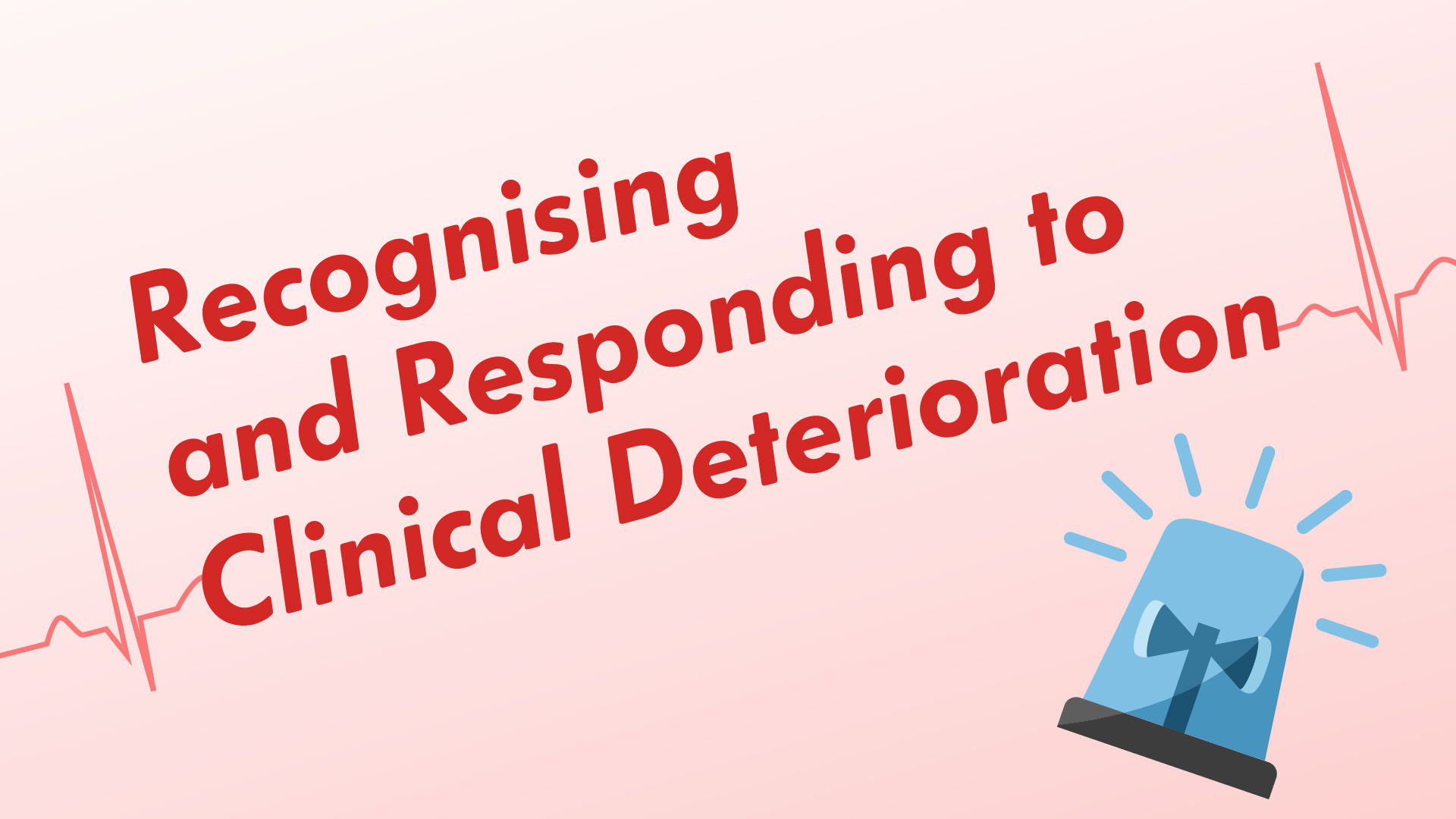

Serious adverse events like cardiac arrest or respiratory depression often follow noticeable physiological and clinical irregularities. By recognising these signs early and responding appropriately, we can save lives.
This Ausmed Course equips healthcare professionals with comprehensive knowledge about acute deterioration, including an understanding of the National Safety and Quality Health Service’s (NSQHS) Recognising and Responding to Acute Deterioration Standard, identifying deterioration using early warning systems (EWS) and track-and-trigger charting, and explains best practices for emergency protocols and communication when responding to deteriorating patients.
Content
What you'll learn:
Confidently and accurately summarise the three essential steps required for recognising and responding to acute deterioration.
Differentiate the use of vital signs and early warning scores (EWS) in identifying and predicting potential clinical deterioration.
Describe the tiered escalation protocols and their significance in managing deteriorating patients.
Apply appropriate communication strategies upon recognition, when escalating care and during a response to clinical deterioration.
Justify the benefits of debriefing in enhancing patient care, team collaboration, and the overall quality of healthcare delivery.
Who it's for:
Why it's needed:
When serious adverse events occur, such as life-threatening clinical scenarios like cardiac arrest or respiratory depression, too often they are foreshadowed by noticeable physiological and clinical irregularities.
Beyond physiological indicators, similarly serious psychological signs of decline are also often observable ahead of serious or even sentinel events. However, it is also all too common for these signs and predictors of clinical decline to go unrecognised, overlooked or addressed ineffectively.
With 1 in 20 hospitalised Australians exhibiting signs of clinical deterioration necessitating clinical intervention, the ability of the healthcare professional to provide prompt recognition of deterioration is of critical importance.
The NSQHS Recognising and Responding to Acute Deterioration Standard makes clear that education that equips healthcare professionals with the knowledge and confidence to recognise and respond to deteriorating patients consistently is essential to improving patient outcomes.
Purpose:
Topics
Assign mandatory training and keep all your records in-one-place.
Find out more
Recommended resources
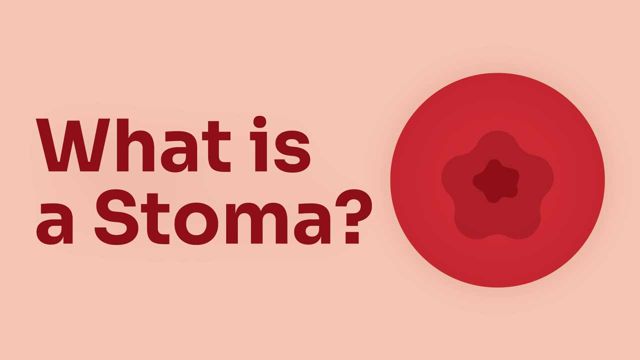
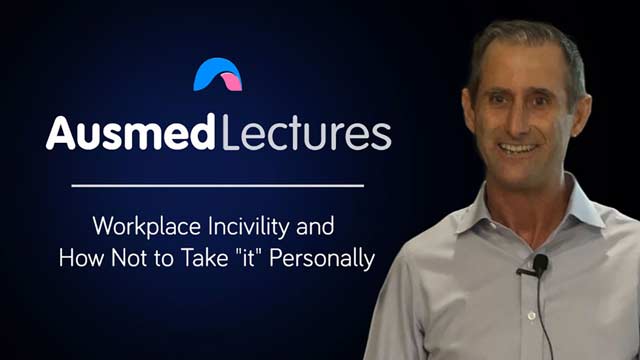
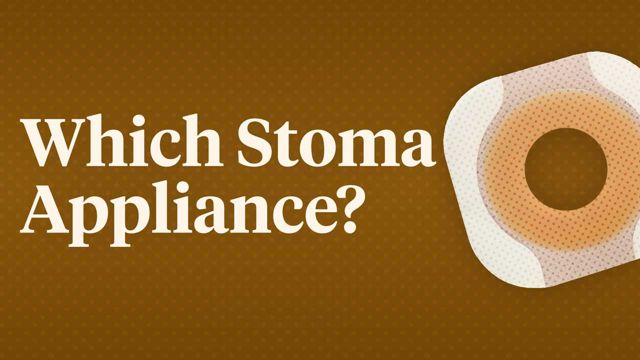
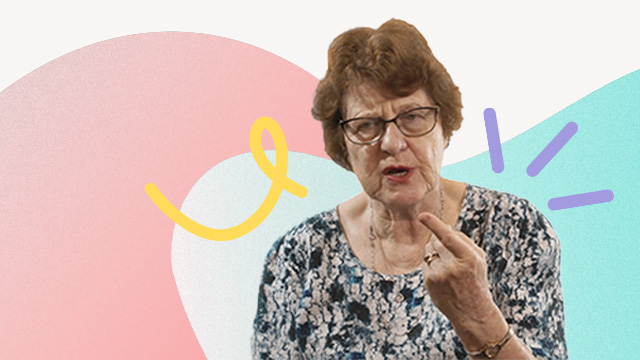






 New
New